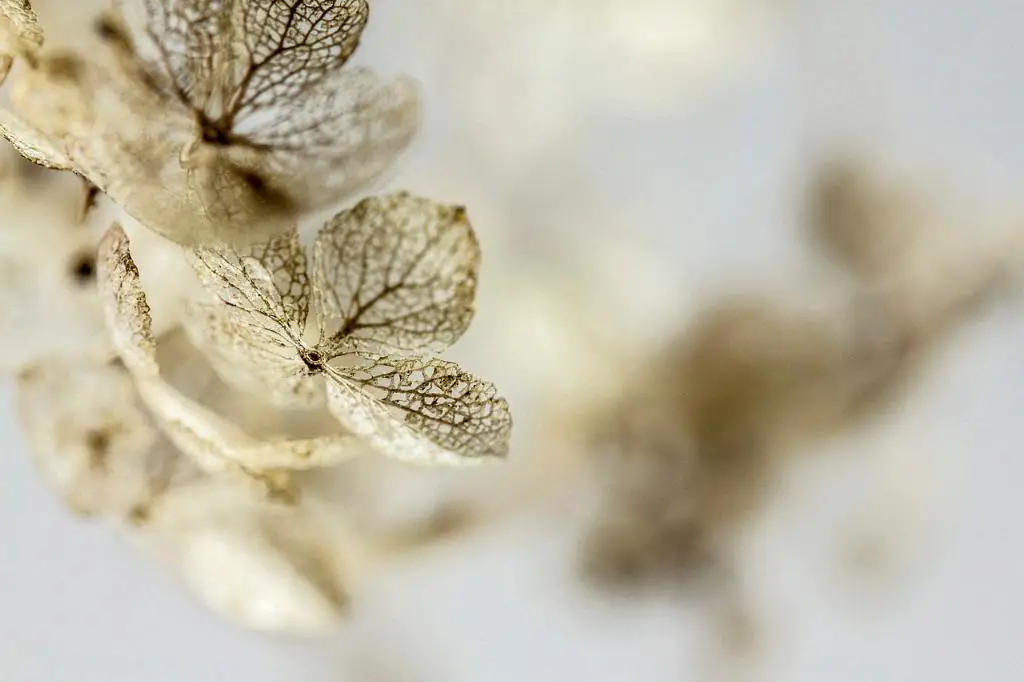When it comes to hydrangeas, understanding their lifecycle is crucial in determining whether your plant is dead or dormant. Hydrangeas are deciduous plants, meaning they shed their leaves annually as part of their natural growth cycle. Knowing this can help you assess the state of your hydrangea more accurately.
Signs of a Dormant Hydrangea
During the dormant season, hydrangeas typically lose their leaves and appear bare. The stems may also turn brown or woody, signaling that the plant is conserving energy for the colder months. In some cases, you might notice dormant buds along the stems, which indicate that the plant is still alive and preparing for new growth in the upcoming season.
Assessing Hydrangea Health
One way to determine if your hydrangea is alive or dead is by gently scratching the bark with your fingernail. If you see green tissue underneath, the plant is likely still alive and dormant. However, if the tissue is dry and brown, it may be a sign that your hydrangea has not survived the winter.
Patience is Key
It is essential to exercise patience when assessing the health of your hydrangea. Sometimes, plants may take longer to show signs of life after a dormant period. By waiting and providing proper care, you give the hydrangea the best chance to revive and flourish in the next growing season.
Pruning Considerations
While it can be tempting to prune a seemingly dead hydrangea, it is advisable to wait until the plant has started to show new growth. Pruning too early can harm the plant and hinder its recovery process. Observing for new buds or shoots is a good indicator that the plant is still alive.
Role of Environment in Hydrangea Health
The environment plays a crucial role in determining the health of your hydrangea. Factors such as temperature, sunlight, and soil conditions can impact the plant’s ability to survive dormancy. Ensuring that your hydrangea receives adequate sunlight and moisture is key to promoting healthy growth.
Consulting a Gardening Expert
If you are still unsure about the status of your hydrangea, consulting a gardening expert or horticulturist can provide valuable insights. They can assess the plant’s condition and offer recommendations on how to care for it effectively, increasing the likelihood of successful revival.
Rejuvenating a Dormant Hydrangea
If your hydrangea appears dormant, there are steps you can take to encourage new growth. Providing proper watering, fertilization, and pruning can stimulate the plant’s natural awakening process. Additionally, protecting the hydrangea from harsh weather conditions can aid in its recovery.
Monitoring Hydrangea Progress
Regularly monitoring your hydrangea’s progress is essential in gauging its health. Keep an eye out for any changes in the plant’s appearance, such as the emergence of new leaves or buds. Documenting these developments can help track the plant’s recovery over time.
Accepting the Outcome
While it is disheartening to lose a beloved hydrangea plant, it is important to accept the outcome if the plant does not survive dormancy. Use this experience as an opportunity to learn more about caring for hydrangeas and implementing preventive measures to support the health of future plants.

Conclusion
In conclusion, the question of whether your hydrangea is dead or dormant requires close observation and patience. By understanding the plant’s lifecycle, assessing its health indicators, and providing proper care, you can increase the chances of reviving a dormant hydrangea. Remember that each plant is unique, and with care and attention, you can help your hydrangea thrive in the seasons to come.
